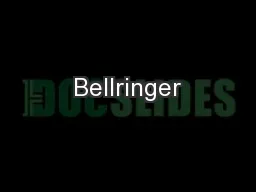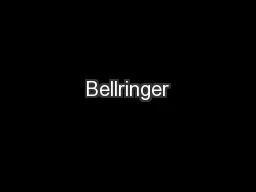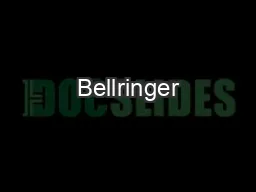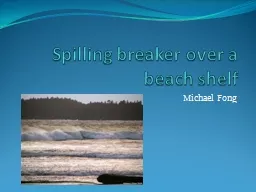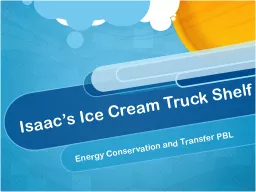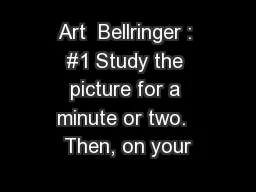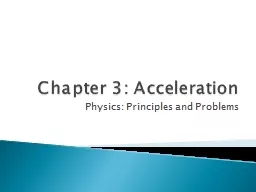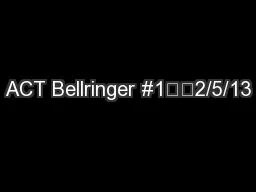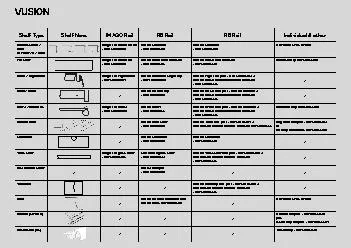PPT-Bellringer Grab a book from the shelf
Author : pasty-toler | Published Date : 2018-11-01
Turn in your homework to the homework bin On a piece of paper that will go in the classwork section of your notebook Write down the unscrambled word and quickly
Presentation Embed Code
Download Presentation
Download Presentation The PPT/PDF document "Bellringer Grab a book from the shelf" is the property of its rightful owner. Permission is granted to download and print the materials on this website for personal, non-commercial use only, and to display it on your personal computer provided you do not modify the materials and that you retain all copyright notices contained in the materials. By downloading content from our website, you accept the terms of this agreement.
Bellringer Grab a book from the shelf: Transcript
Download Rules Of Document
"Bellringer Grab a book from the shelf"The content belongs to its owner. You may download and print it for personal use, without modification, and keep all copyright notices. By downloading, you agree to these terms.
Related Documents


